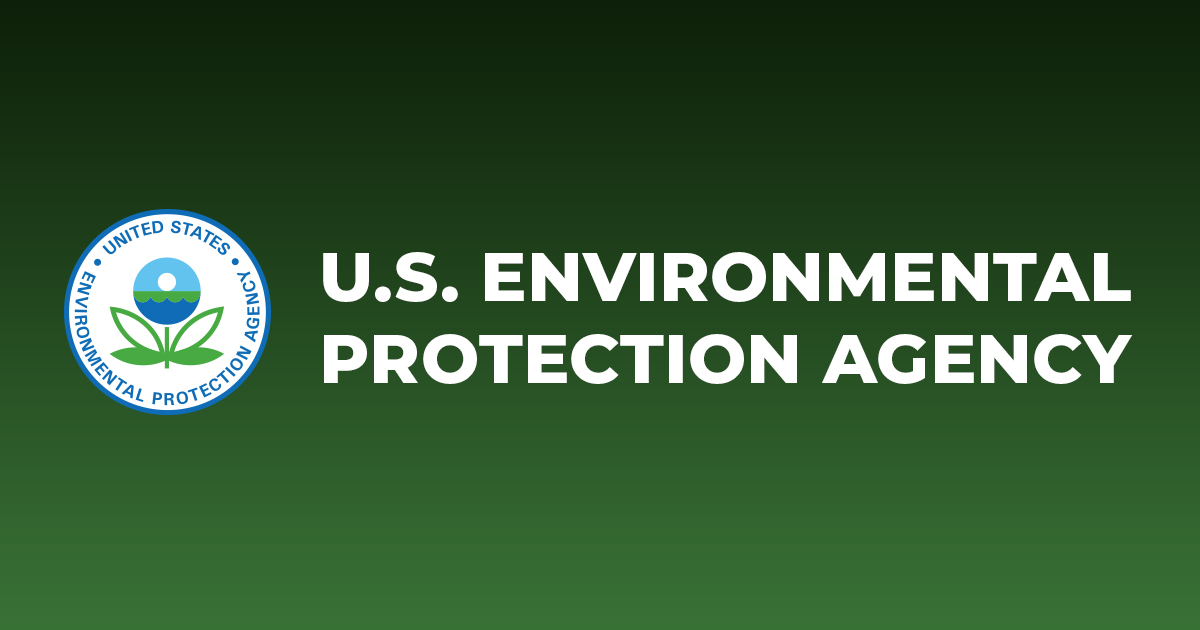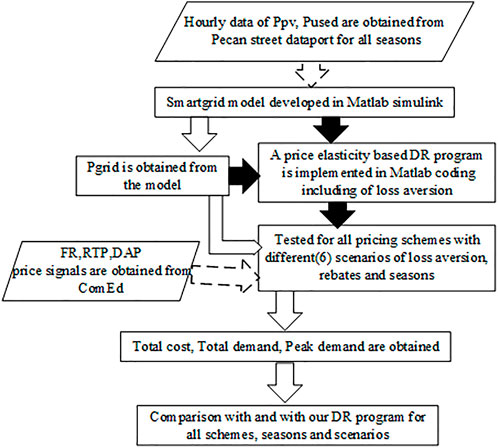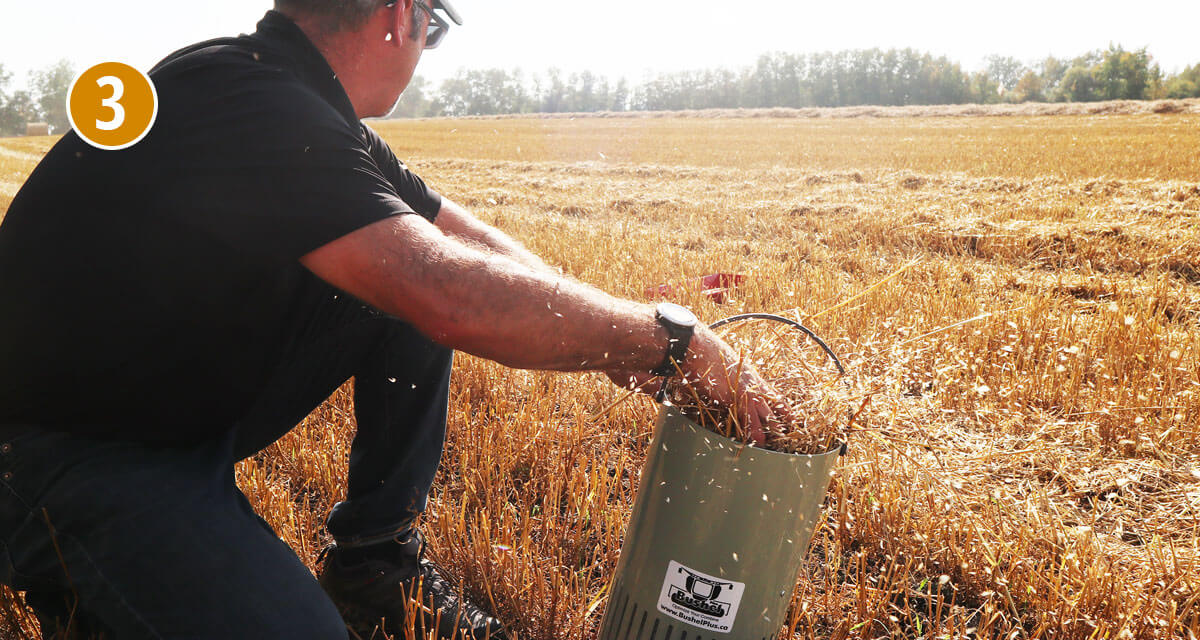
Optimizing Environmental and Economic Outcomes for Rural Communities and Beyond

About the Conference
EPA Region 7, Iowa State University, and the University of Iowa are co-hosting a regionally focused conference on anaerobic digestion (AD) in agriculture on Nov. 6-8, 2023, at Iowa State University in Ames, Iowa.
What to Expect
The purpose of the conference is to engage stakeholders; facilitate information exchange on anaerobic digestion in agriculture; and focus on solutions for the various challenges facing those operating an AD facility or those interested in owning and operating their own facility.
Virtual Tours
As a part of the conference, you’ll be able to visit various AD facilities and operations via virtual tours.
Who Should Attend
AD stakeholders, farmers, policy makers, developers, financers, consultants, scientists, students, and other interested individuals. In particular, we encourage participation from individuals and organizations interested in sharing ideas, building partnerships, and developing well-rounded solutions within the Region 7 states of Iowa, Kansas, Missouri, and Nebraska.
Pre-Conference Agenda
Introduction to Anaerobic Digestion Workshop
Monday, Nov. 6, from 1 to 4 p.m.
South Ballroom
Iowa State University Memorial Union
Please join us for an interactive and engaging workshop focused on the basics of on-farm anaerobic digestion (AD) to kick off the upcoming conference. The workshop agenda features a series of short presentations, hands-on demonstrations, videos, and facilitated question-and-answer sessions. Participants should leave the workshop with a better understanding of AD, feeling more equipped to pursue their own AD projects.
To participate in this pre-conference session, you will also need to register for the three-day conference.
Facilitators: Daniel Andersen, Iowa State University; Jake Dunton, EPA; Stephanie Hayes Richards, Gnarly Tree Sustainability Institute; and Craig Just, University of Iowa
Draft Agenda
- Welcome and introductions
- Introduction to AD and biogas
- AD system design and technology
- Opportunities for AD in the U.S.
- Benefits of AD
- Introduction to the AgStar Program
- Potential financing mechanisms for AD
- Closing remarks
Kickoff Speakers
Theresa Greenfield
Theresa Greenfield is the U.S. Department of Agriculture’s Rural Development State Director for Iowa. She is a committed public servant with a career focused on community development, housing, and real estate. She grew up on a small family farm outside the small town of Bricelyn, Minnesota, and graduated with a degree in design and human environment from Minnesota State University Mankato.
After graduation, Greenfield worked as an urban planner and real estate developer. She became president of the Iowa division of Rottlund Homes in 2007 and most recently served as president of Colby Interests, a real estate firm based in Des Moines, Iowa. She has been a lifelong advocate for rural communities.
Kayla Lyon
Kayla Lyon is the eighth director of the Iowa Department of Natural Resources (IDNR) and is thrilled to serve in this role, combining her agricultural background with her passion and love for natural resources.
Lyon spent her early career in policy and government affairs working on agriculture, renewable fuels, water quality, and environmental issues while representing farmers and agribusiness. She served as a policy advisor for Governors Branstad and Reynolds before being appointed as the first female director of IDNR in July 2019.
Lyon often joins her staff in the field and utilizes her agricultural upbringing to find ways for agriculture and natural resources to thrive. In her free time, she enjoys outdoor activities with her family.
Meg McCollister
Meg McCollister has a strong advisory and advocacy background with nearly two decades of experience serving nonprofits, candidates for public office, and public policy campaigns.
Born in Kansas and raised in both Kansas and Missouri, she received her bachelor’s degree from the University of Kansas before attending the University of Missouri-Kansas City School of Law, where she earned her Juris Doctorate with an emphasis in urban, land use and environmental law.
After law school, McCollister and her husband moved to Sonoma County, California, where she served on the Board of Directors for Sonoma County Conservation Action and worked on environmental campaigns and in local government. Upon her return to the Midwest, she has continued to serve as an advisor and strategic thinker in areas including environmental, health, and social improvement initiatives as well as communication strategies.
McCollister resides in Kansas City with her husband, three children, and rescued greyhound. She enjoys running, hiking, and exploring the outdoors.
Dr. Lisa Schulte Moore
Dr. Lisa Schulte Moore is a professor in the Department of Natural Resource Ecology and Management and co-director of the Bioeconomy Institute at Iowa State University. She conducts research and teaches in the areas of agriculture, ecology, forestry, and human-landscape interactions. Her research addresses the strategic integration of perennials into agricultural landscapes to support new agricultural markets and to meet societal goals for healthy soils, clean water, abundant wildlife, and inspiring recreational opportunities. She is a fellow of the Leopold Leadership Program, Ecological Society of America, and MacArthur Foundation (2021 fellow).
Additionally, Schulte Moore is a co-founder of the Science-Based Trials of Rowcrops Integrated with Prairie Strips (STRIPS) project, which pioneered the prairie strips conservation practice. She is also lead developer of People in Ecosystems/Watershed Integration (PEWI), a simple web-based educational game designed to help people understand human
SDGs, Targets, and Indicators
1. Which SDGs are addressed or connected to the issues highlighted in the article?
- SDG 7: Affordable and Clean Energy
- SDG 9: Industry, Innovation, and Infrastructure
- SDG 12: Responsible Consumption and Production
- SDG 13: Climate Action
- SDG 15: Life on Land
2. What specific targets under those SDGs can be identified based on the article’s content?
- SDG 7.2: Increase substantially the share of renewable energy in the global energy mix.
- SDG 9.4: Upgrade infrastructure and retrofit industries to make them sustainable.
- SDG 12.4: By 2020, achieve the environmentally sound management of chemicals and all wastes throughout their life cycle.
- SDG 13.2: Integrate climate change measures into national policies, strategies, and planning.
- SDG 15.1: By 2020, ensure the conservation, restoration, and sustainable use of terrestrial and inland freshwater ecosystems and their services.
3. Are there any indicators mentioned or implied in the article that can be used to measure progress towards the identified targets?
- Percentage of renewable energy in the energy mix
- Investment in sustainable infrastructure
- Waste management practices
- Inclusion of climate change measures in policies and planning
- Conservation and restoration of terrestrial and freshwater ecosystems
Table: SDGs, Targets, and Indicators
| SDGs | Targets | Indicators |
|---|---|---|
| SDG 7: Affordable and Clean Energy | 7.2: Increase substantially the share of renewable energy in the global energy mix. | Percentage of renewable energy in the energy mix |
| SDG 9: Industry, Innovation, and Infrastructure | 9.4: Upgrade infrastructure and retrofit industries to make them sustainable. | Investment in sustainable infrastructure |
| SDG 12: Responsible Consumption and Production | 12.4: By 2020, achieve the environmentally sound management of chemicals and all wastes throughout their life cycle. | Waste management practices |
| SDG 13: Climate Action | 13.2: Integrate climate change measures into national policies, strategies, and planning. | Inclusion of climate change measures in policies and planning |
| SDG 15: Life on Land | 15.1: By 2020, ensure the conservation, restoration, and sustainable use of terrestrial and inland freshwater ecosystems and their services. | Conservation and restoration of terrestrial and freshwater ecosystems |
Behold! This splendid article springs forth from the wellspring of knowledge, shaped by a wondrous proprietary AI technology that delved into a vast ocean of data, illuminating the path towards the Sustainable Development Goals. Remember that all rights are reserved by SDG Investors LLC, empowering us to champion progress together.
Source: epa.gov

Join us, as fellow seekers of change, on a transformative journey at https://sdgtalks.ai/welcome, where you can become a member and actively contribute to shaping a brighter future.






